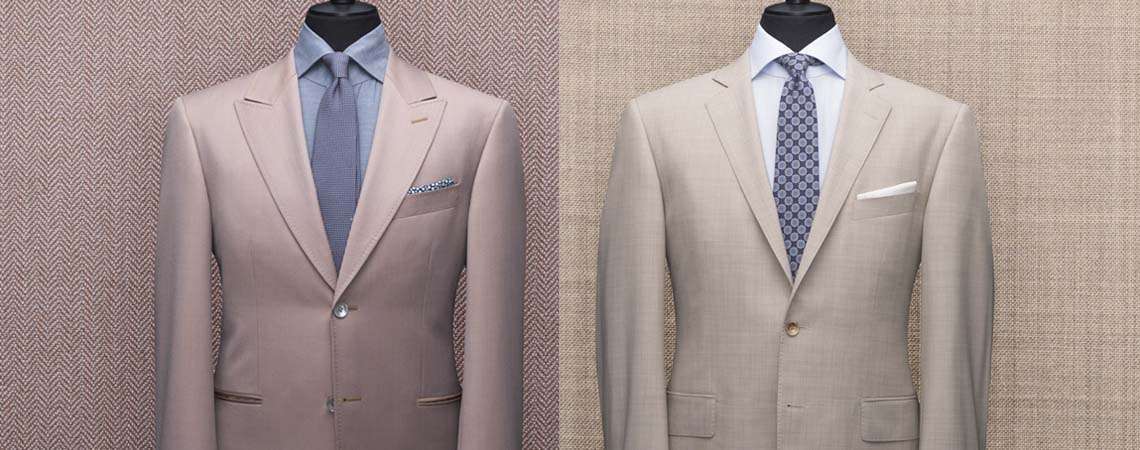


It indeed becomes very difficult at times, to choose a fabric for suiting since they all look very similar to each other. If we simply exclude the aesthetic appearance, colours and patterns of the fabrics, what we are left with are similar looking and composed fabrics without much of any differences but worsted wool cloth is considered best for making suiting, let’s explore why.
What Does Worsted Means in the first place?
Most of the suits are made from worsted wool. This simply means that most of the suiting fabrics are made from yarns which are made of long and fine threads. This is why the suiting fabric looks much thinner than all the other clothes and products made from wool. Worsted wool fabrics are not only very superior but also long lasting.
At the same time, worsted wool can also be woven to make a thick and heavy cloth which would look woolier and fuzzier and would be fit for winters. All this depends on the economic interest of the weaver and the demand for such fabrics in the market.
Weight of the fabric
The second most important factor affecting worsted fabric is the weight of the fabric. The weight of the fabric is generally measured and marked in ounces or grams and is driven by two main factors, its thickness and the knitting or construction pattern. The more closely a fabric is knight, the heavier it will be. It is a fact that heavier clothes would grace the torso better and will last longer but in the current scenario and trends, lighter fabrics are given more preference as they are lighter and cooler (specially in the summers).
So, if we consider an example, a twill would always come heavier than a plain weave done in the same yarn. The reason behind this is the density of twill which is greater than a simple plain weave. If one has to choose cloth for suiting and even trousers, then they should consider having a denser weave like twill as it will give a nice fall to the coat and trousers while contrastingly, one can always choose lighter fabrics for making semi-formal and sport type jackets and trousers.
Construction of the fabric
You might have heard many words while buying cloth, like is the fabric a 2 by 2 weave or is it 2 by 1 and you are utterly confused: trying to decipher what all this talk is about? Well these terms mean and define the basic construction of the fabric. Like, a 2 by 2 weave most often means that the cloth is woven very evenly with face and back of two threads, moving upwards and down on both the respective sides.
The second phrase often heard is 2 by 1 and this simply means that there are two threads on the face of the fabric for everyone on the back of it. Another meaning of this phrase can be applied to a two-ply yarn which runs along the cloth (in a wrap) and a single-ply yarn (in weft) which runs across it.
Though, this is the general standard of the knitting of these fabrics but there is also a 3 by 3 pattern which is used for making much heavier and denser clothes.
Composition, which makes this fabric feel so good
As important is the construction of the fabric, of the same relevance is the composition. There are many types of natural and synthetically made fabrics available in the market which have different compositions but none stand a competition to worsted wool, when it comes to suiting. Having said that, it is important to blend this wool with other softer fabrics to improve its look, texture etc.
Some worsted wool fabrics will contain a little amount of cashmere in them for giving that softer texture, the more the cashmere is added, the softer the fabric will become and this is what is called as a ‘superfine fabric’. Though, cashmere does make the worsted fabric softer and finer but too much of it will reduce it to a saggy and spongy appearance which would become useless for making suiting or trousers.
The final finishing
The last but certainly not the least work done on fabrics is the finishing. The processes of milling, brushing etc. can affect the appearance and texture of the finished fabric. So, here lies a simple rule, the more the processes done, the finer is the cloth obtained.
Worsted fabrics have always been and will always be the best fabrics for making suiting around the world and it is this art of creating something from so rough and ordinary as wool that makes it an art in itself.
Comments (0)